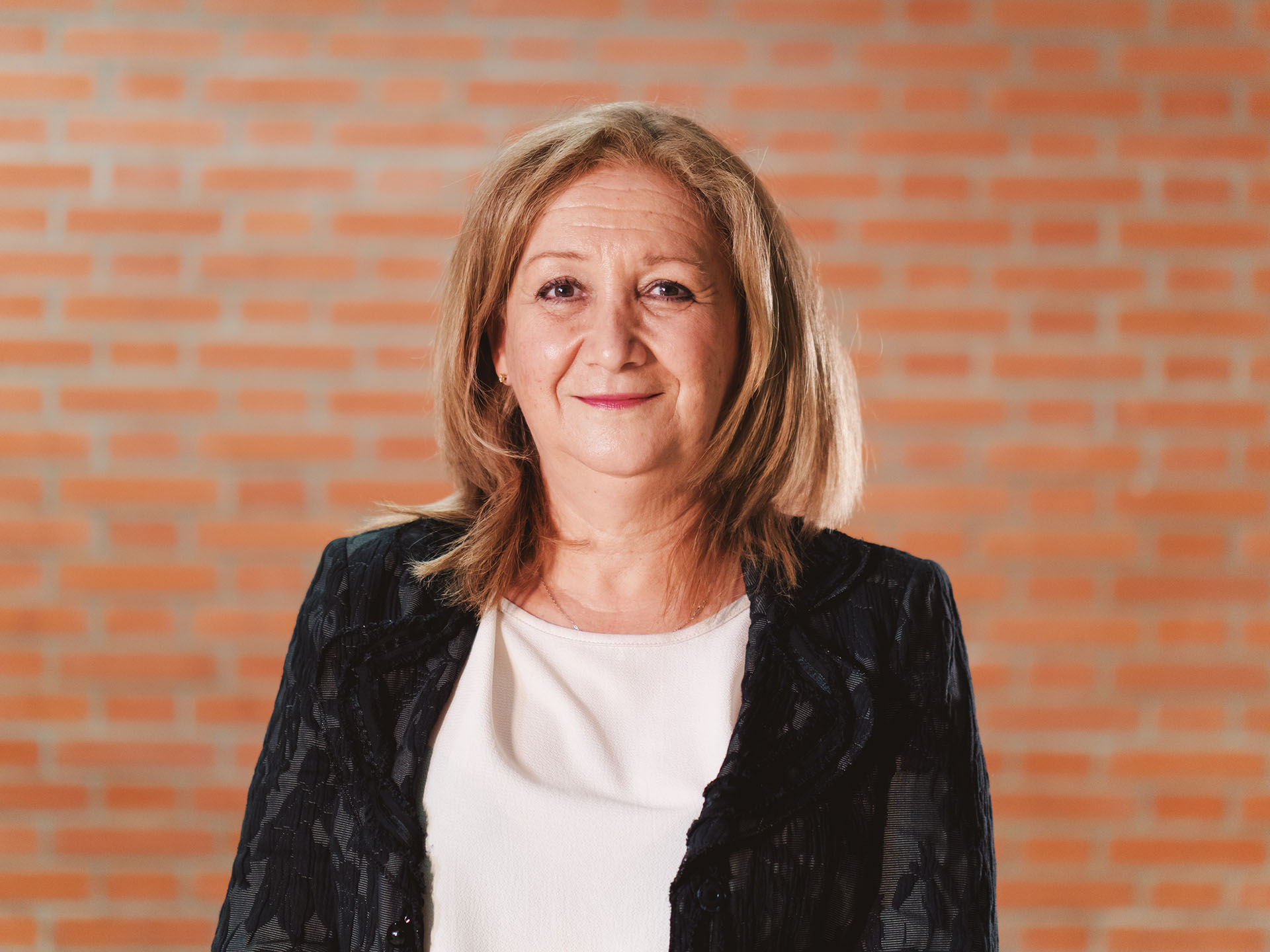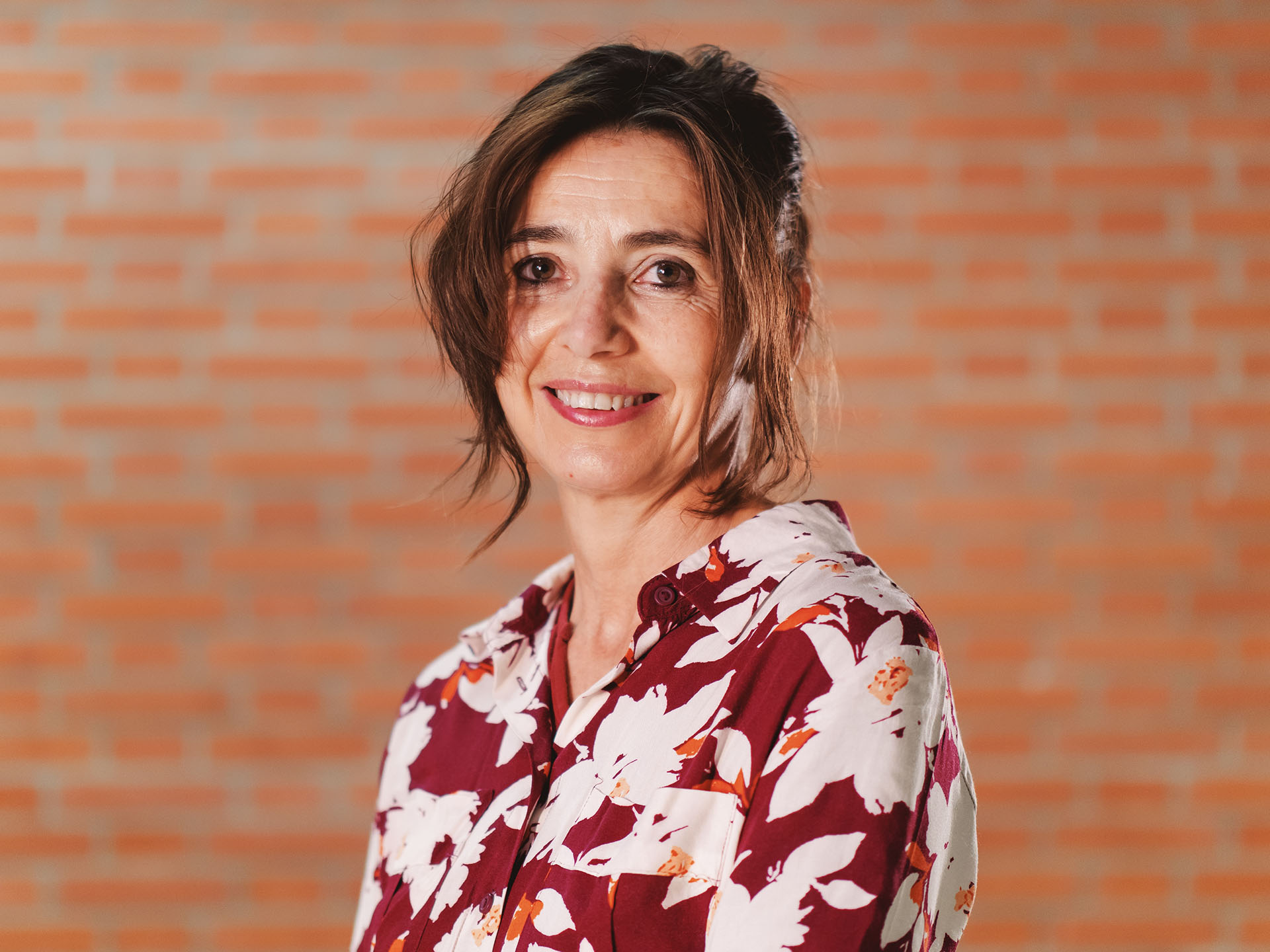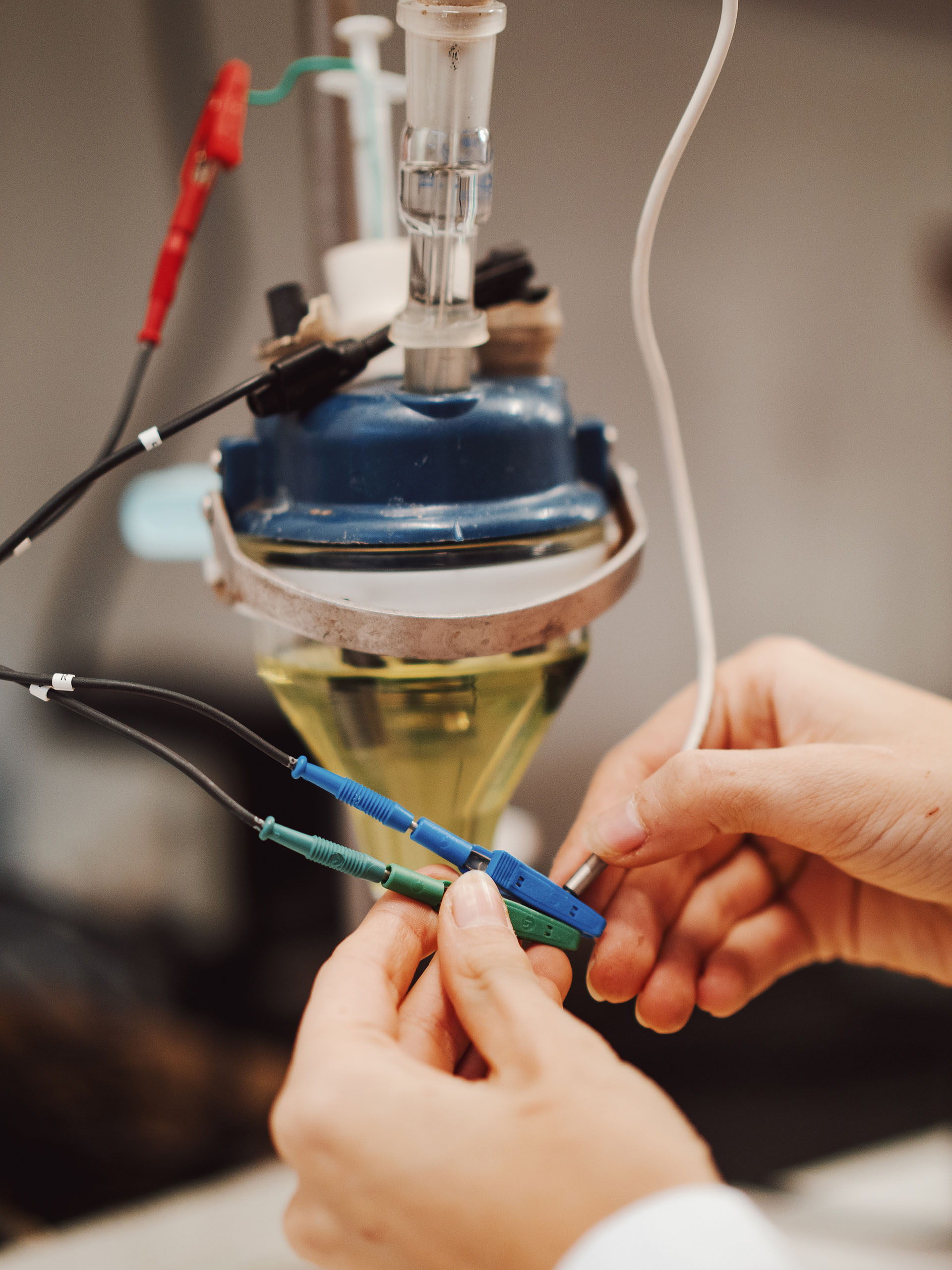Development of a nanostructured and portable multisensor system for the analysis of milks: In the way to Industry 4.0
(RTI2018-097990-B-I00)
Funding entity:

Total project budget: 166.980 €
Start date: 01/01/2019
End date: 31/12/2021
Principal investigators:


Mª Luz Rodríguez Méndez
Full professor in Inorganic Chemistry
Cristina García Cabezón
Associate professor in Materials Science and Metallurgical Engineering
Number of participating researchers: 5
Nowadays a variety of methods are available to analyze foods at the laboratory level. However, these techniques are long and are not suitable for on-line or routine analysis. With the irruption of the Industry 4.0 it has become clear that the food industry needs to develop chemical sensors able to analyze the composition of their products. In this project, electrochemical sensors (voltammetric, potentiometric and impedimetric) specifically dedicated to the analysis of milks will be developed. The use of nanomaterials and bionanomaterials as sensitive materials will allow obtaining innovative sensors with improved capabilities. The best nanosensors will be combined in a multisensory configuration to obtain a nanoelectronic tongue (nanoe-tongue) that will be used to analyze various categories of milks (raw milk, and milks with different fat content, lactose content, adulterations and spoilage) provided by milk producers. Finally, mathematical models will be established between the signals obtained by the electronic tongue and chemical parameters measured using traditional chemical methods. These mathematical models will be used to train the electronic tongue that, in this way, will be able to assess the values of several parameters simultaneously. Finally, we will envisage the development of portable nanosensors and to implement a portable prototype of the nanoe-tongue in order to analyze the quality of milk on line. The results of the project will lay a foundation for a cost-effective, real-time, in situ, easy-to-use method for milk quality control that could be applied within and outside the premises of a control quality laboratory.


